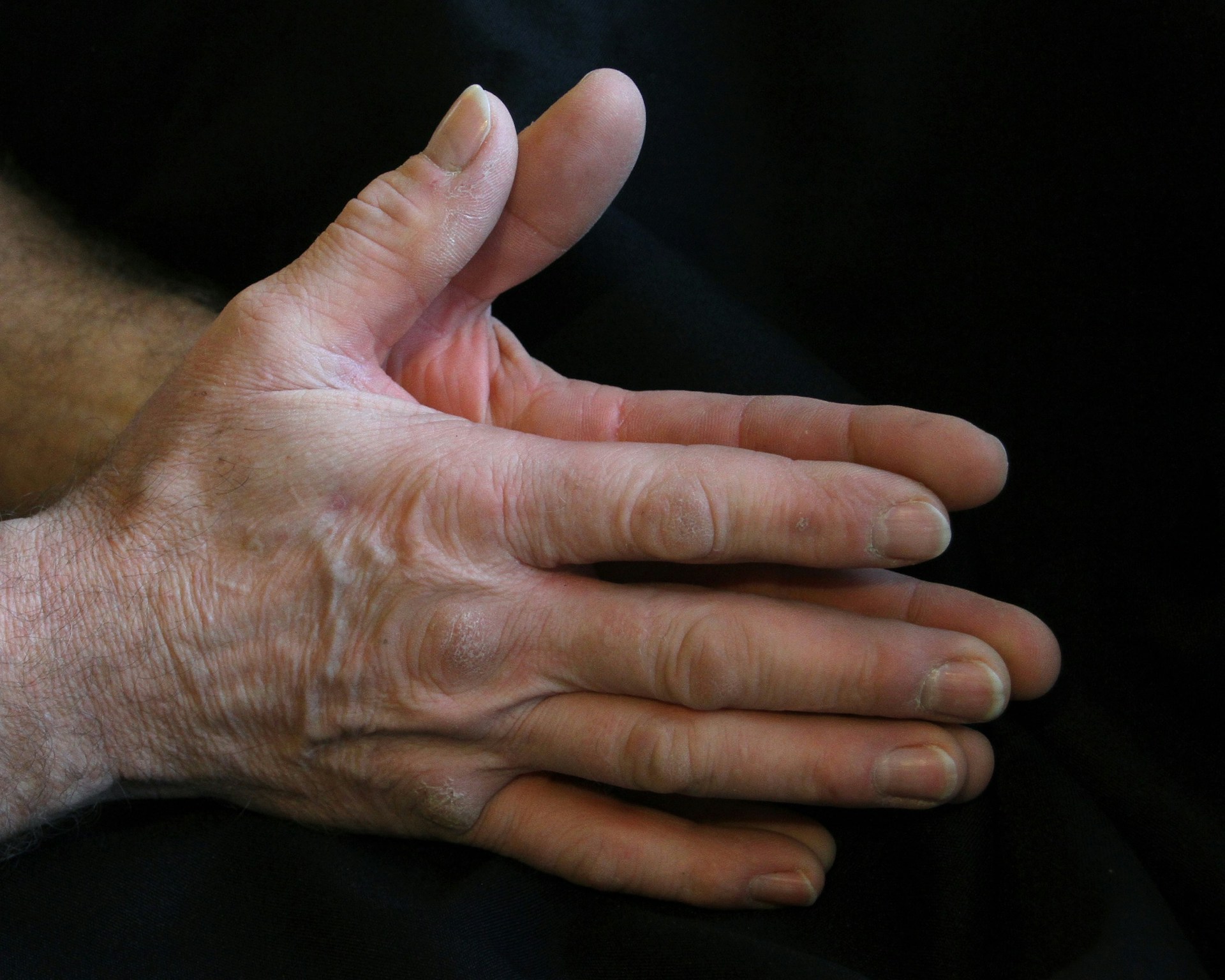Osteoarthritis has long been seen as an inevitable part of ageing–a slow, grinding wear on the body that reduces movement, increases pain, and quietly reshapes everyday life. Affecting more than 2.2 million Australians today and projected to rise to 3.1 million by 2030, it’s the nation’s most common joint condition. However, while the pain may be common, the pathways to effective treatment are still evolving.
In Tasmania, a bold new program is now reshaping the future for people living with osteoarthritis, without relying on surgery.
Subscribe for FREE to the HealthTimes magazine
Launched recently in Launceston, the initiative combines hands-on physiotherapy and personalised strength training for people with hip and knee osteoarthritis. It’s the result of a partnership between not-for-profit health fund
St Lukes and Kieser Australia, a physiotherapy and exercise science organisation. This Tasmanian-first program builds on a successful pilot in the state’s south, where participants achieved major improvements in function and strength, and, remarkably, saw their pain levels drop by half on average.
At its core, the program is based on a simple but powerful idea: that targeted movement can be medicine. Rather than waiting until symptoms are severe enough to warrant surgery, it offers an earlier intervention–one that empowers people to take control of their health through guided exercise.
Osteoarthritis occurs when the cartilage cushioning the bones in a joint, breaks down, leading to inflammation, stiffness, and pain. It most commonly affects weight-bearing joints like the hips and knees, and although it can be influenced by genetics and ageing, lifestyle factors such as inactivity or repetitive stress often accelerate its progression.
In the past, treatment has often focused on symptom relief–painkillers, mobility aids, or eventually, surgery. Between 2008 and 2018, joint replacements in Australia increased by 32%, placing pressure on both public and private healthcare systems. But not everyone with osteoarthritis is ready–or willing–to face an operating table.
That’s where the new program stands out. Over 14 weeks, participants engage in tailored one-on-one sessions with physiotherapists and exercise scientists who help isolate and strengthen the muscles that support the affected joints. The aim is not just pain relief, but improved mobility, balance, and long-term function. This proactive approach helps delay or even avoid the need for surgical intervention altogether.
The program’s expansion into northern Tasmania reflects a broader shift in healthcare thinking; one that prioritises prevention and early action. Rather than treating osteoarthritis as an unchangeable condition, this model sees it as something that can be managed and even improved, with the right tools and support.
For health funds like St Lukes, the move is also a matter of sustainability. Joint replacements have become one of the most expensive categories of hospital claims, second only to heart-related procedures. Supporting non-surgical interventions early on has the potential to reduce costs, ease hospital waitlists, and deliver better long-term outcomes for members.
This shift toward prevention is part of a larger conversation in the healthcare sector about the role insurers can play in keeping people well, rather than just covering the cost of illness. St Lukes is now calling for regulatory changes that would allow health funds to invest more heavily in hospital-in-the-home care and other preventive services, redefining the insurer’s role from bill-payer to health partner.
The program in Launceston is a strong example of how this could work in practice. It meets Tasmanians where they are, taking into account local needs and lifestyles. By focusing on strength and function, it not only eases pain but also helps restore confidence, independence, and quality of life.
As more people seek out non-surgical solutions for chronic conditions, programs like this are likely to become a key part of the healthcare landscape. They offer a chance to intervene before the damage is too great, and before surgery becomes the only option left.
The road to recovery for osteoarthritis is rarely simple. But with this new initiative, the path is becoming clearer–and more hopeful. Through movement, guidance, and strength, Tasmanians living with chronic joint pain are finding their way forward.













